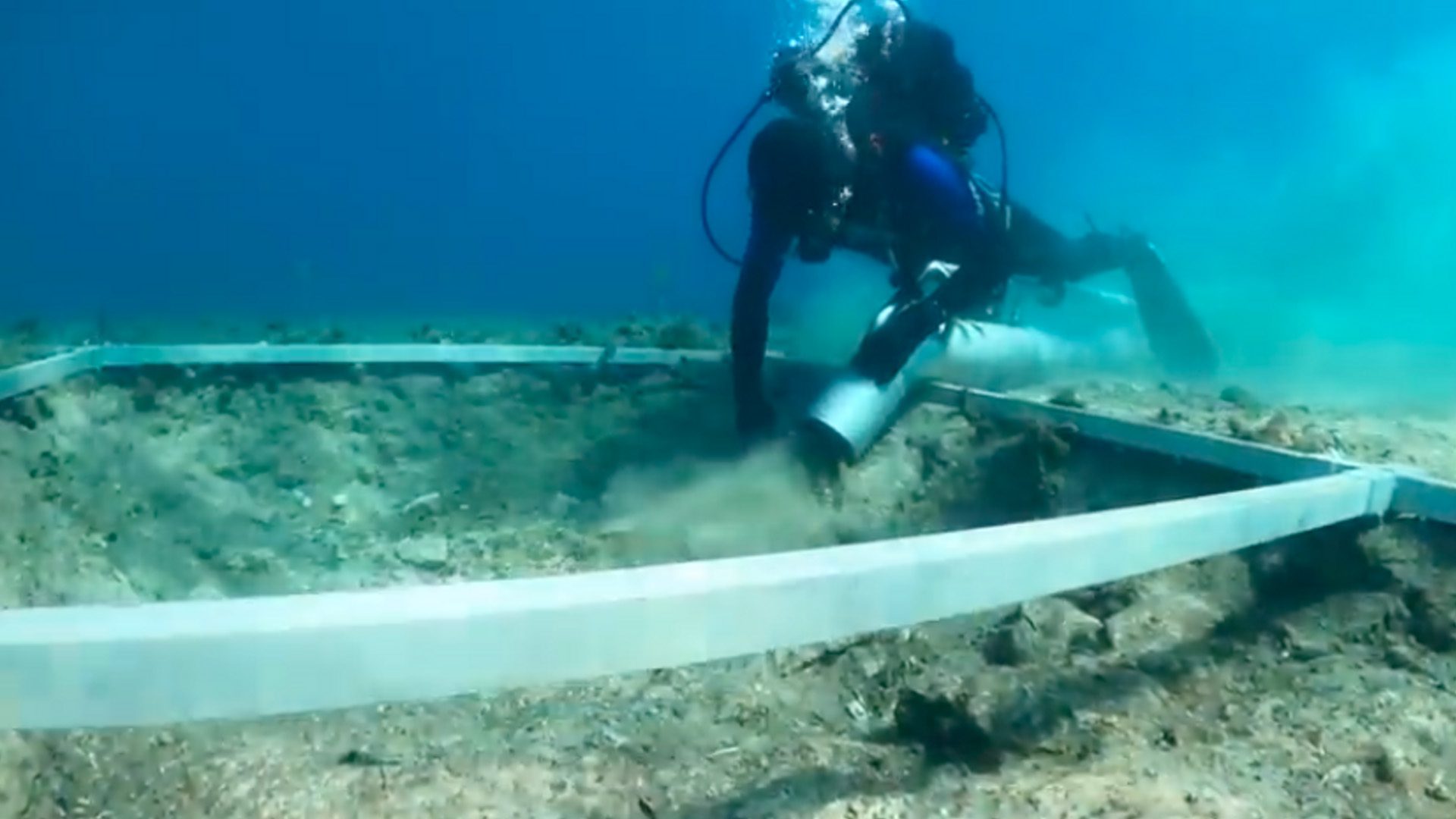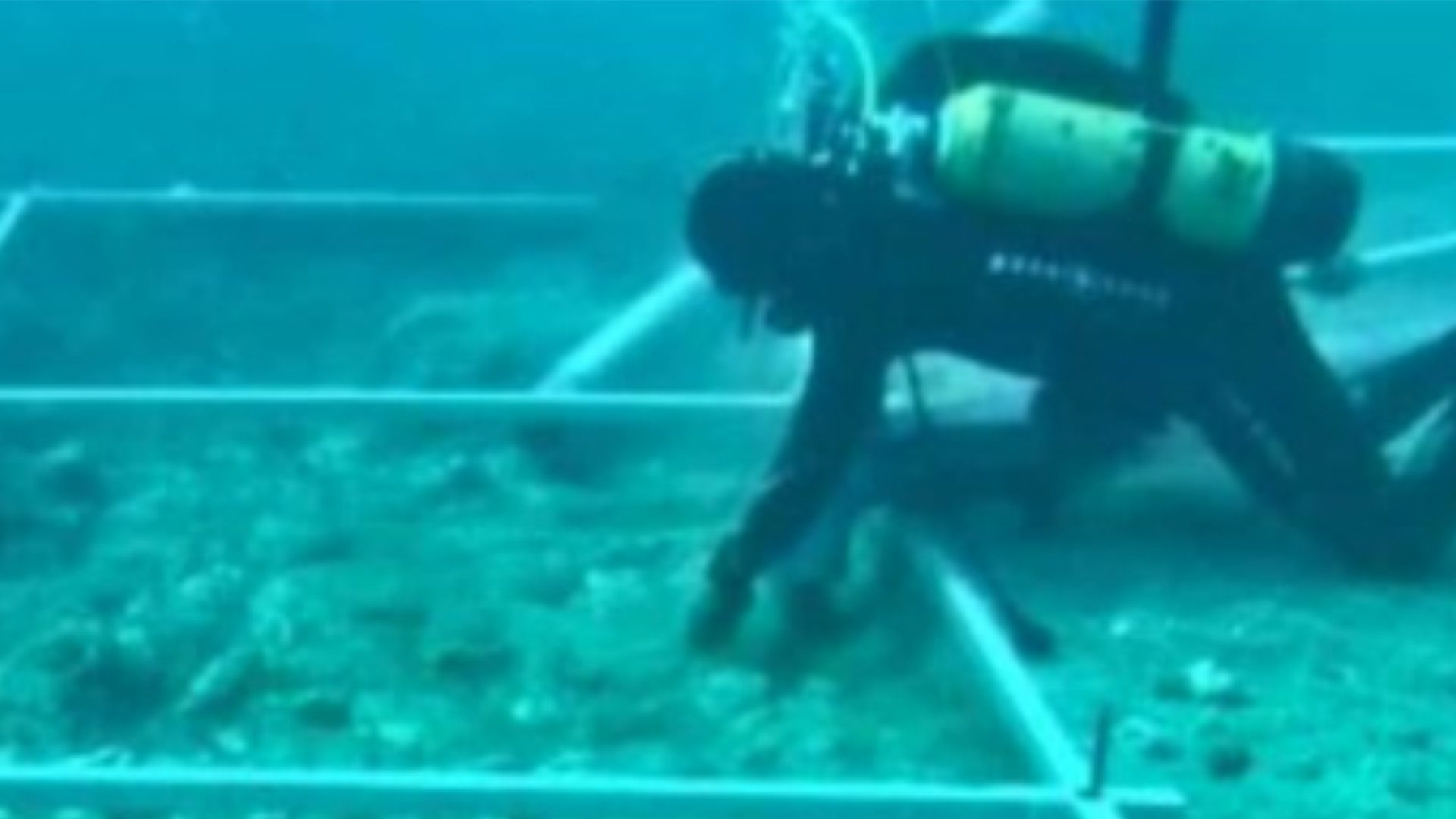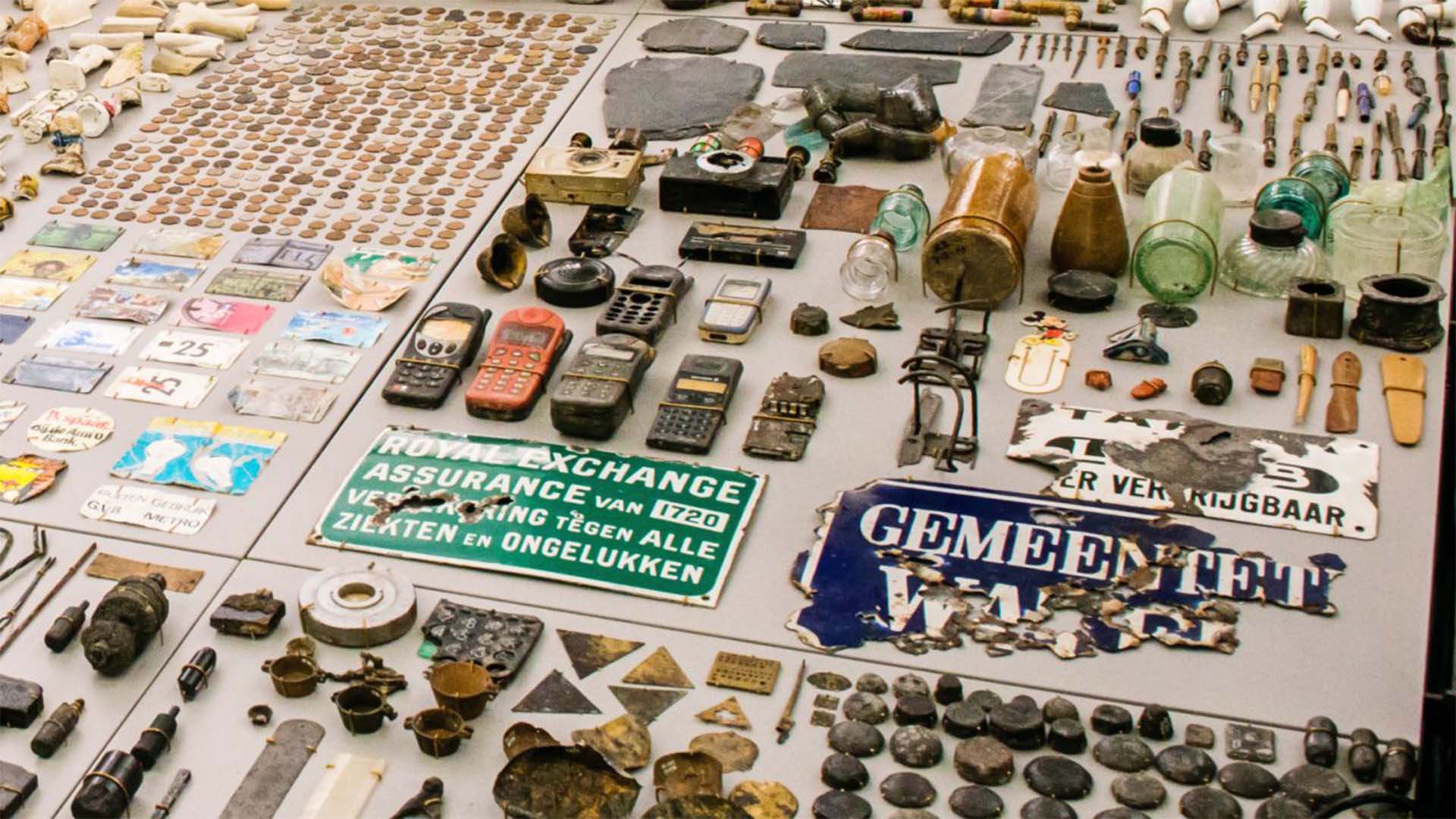Scientists have recently discovered an ancient stone road buried beneath layers of sea mud off the coast of Croatia. Radiocarbon dating of some of the wood used in the road construction dates the structure back to 4,900 B.C.
Researchers from the University of Zadar were investigating a sunken settlement off of the coast of Korčula Island near mainland Croatia when they discovered a 7,000-year-old stone road buried beneath layers of sea mud. The road is roughly 13 feet wide and once connected Korčula Island to an artificially made island settlement called Soline, which is now roughly 16 feet below the water’s level.
“People walked on this [road] almost 7,000 years ago,” the University of Zadar said in a Facebook statement on its most recent discovery.
After the team used radiocarbon dating to test the wood preserved in the road, they were able to date the thoroughfare and connect the settlement to 4,900 B.C. Scientists involved have described the structure as “carefully stacked stone plates”.
This remarkable research is the result of collaboration among experts, along with the assistance of photographers and divers.

A team has continued to search the area, including experts from Dubrovnik Museums, the Museum of the City of Kaštela, the University of Zadar, the City Museum of Korčula, photographers, and divers. Researchers have also unearthed evidence of “strange structures” in the area and have discovered another settlement nearly identical to Sline in Gradina Bay. Various artifacts, including blades and a stone axe, have also been recovered from the site.
Reports indicate that the Hvar people, one of the original groups of inhabitants of the island, were living in the area during the creation of earthenware and crafted a stone road to an artificial island. Korčula Island houses settlements date back to the Neolithic period, also known as the Stone Age, which was 12,000 years ago and emerged in some areas around the world during the gradual transition from hunter-gatherer lifestyle into farming and animal domestication. This new discovery indicates how settlements on and near the island may have connected with different groups of people.
“Neolithic artifacts such as cream blades, stone [axes] and fragments of sacrifice were found at the site,” the University of Zadar adds.

Once an artificial island, the ancient site of Soline was originally discovered in 2021 by archeologist Mate Parica of the University of Zadar in Croatia. Parica made the discovery while he was analyzing satellite images of the water around Korčula.
After spotting something that appeared to be human-made on the ocean floor, Parica and a colleague dove to further investigate. At a depth of roughly 13 to 16 feet in the Mediterranean’s Adriatic Sea, they discovered stone walls that may once have been part of an ancient settlement.
“The fortunate thing is that this area, unlike most parts of the Mediterranean, is safe from big waves as many islands protect the coast,” Parica told Reuters in 2021. “That certainly helped preserve the site from natural destruction.”







